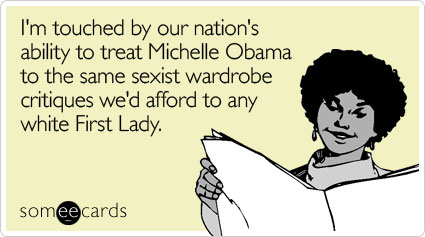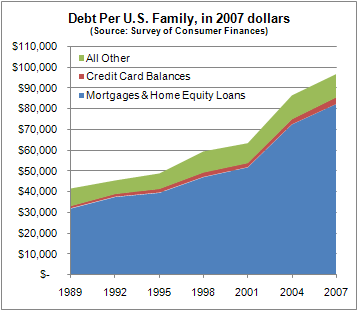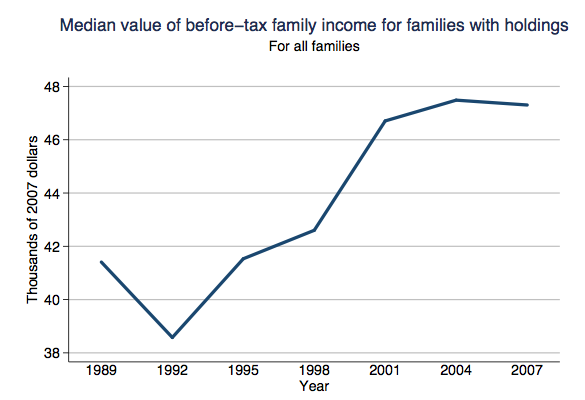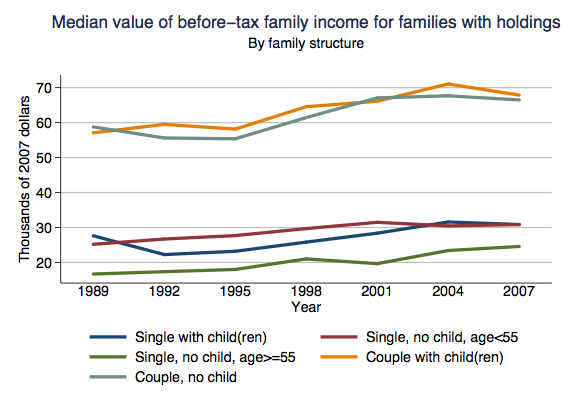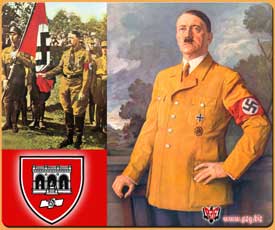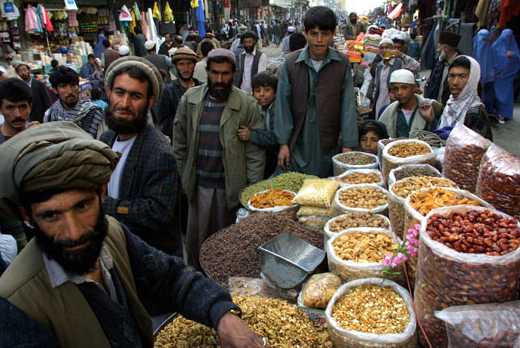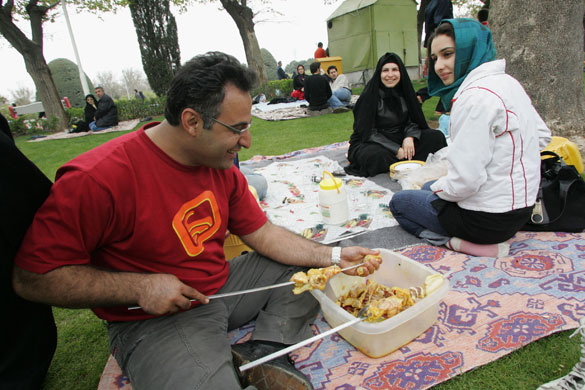Toban B. sent in a link to a set of photos from the 1970s gay rights movement. Given that since the anti-gay-marriage Prop 8 passed in California in November, many people have argued that a) the African American community is particularly homophobic and voted against the bill (so it’s Black people’s fault Prop 8 passed) or b) gay rights organizations have failed to reach out to the African American community and win their support (so it’s elitist gay people’s fault Prop 8 passed), both positions that imply that gay rights and African Americans are at odds, I found this photo from Philadelphia (in 1972) particularly striking as a reminder that African Americans often did and do support gay rights, and the gay rights movement has often actively included them…oh yeah, and also there are gay Black people:
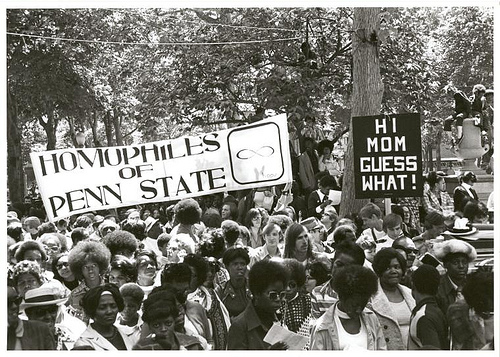
Here’s an image of people picketing the White House in the 1960s in support of legislation to ban discrimination against gays and lesbians in federal employment:
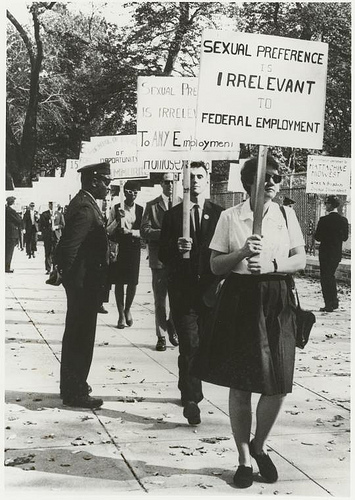
There are also quite a few vintage gay movement images mixed in to this set of photos. Thanks, Toban!

